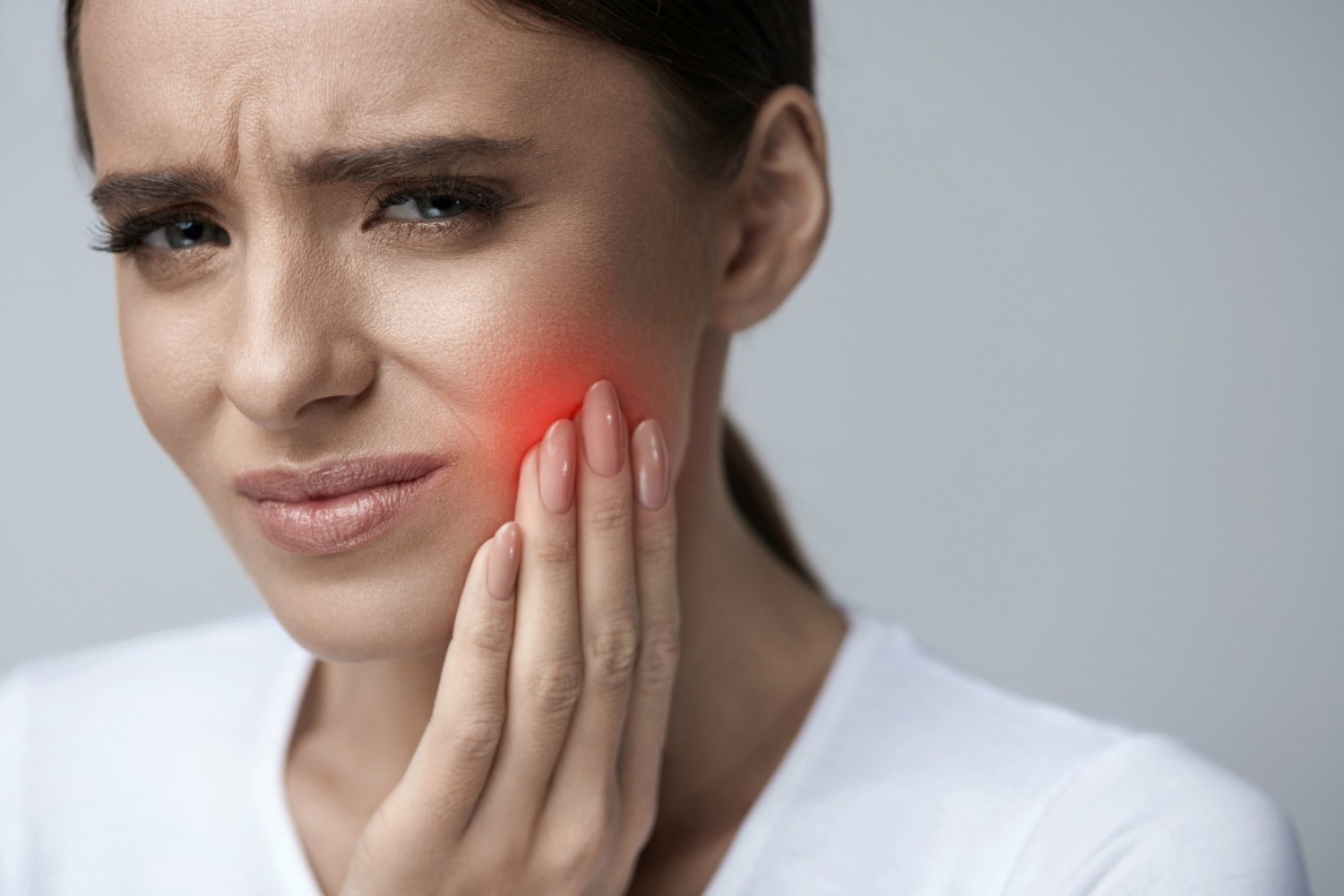During a person’s lifetime, 20 baby teeth and up to 32 permanent teeth grow in. But it happens that children or adults have more teeth than they should. These are overcomplete teeth. They grow and erupt near the permanent teeth or do not develop and remain permanently retained in the bone tissue. This abnormality in the number of teeth is called polyodontia or hyperdontia. It is quite common today, and many people live their lives without realizing that they have overcomplete teeth.
What is polyodontia
Complementary teeth are extra units in a tooth row. They can be 33, 34, 36 or even more than 200. Although in the norm, the number of teeth in a child in the milk bite should not exceed 20, and in an adult – 32 units.
Most often, additional incisors or canines appear. It is much less common for a person to grow extra wisdom teeth, and they usually remain retained.
Complementary teeth in an adult differ from the rest in size, crown and root development. They may also have a different shape, resembling a spike or a drop, for example.
If the extra units have not erupted, there is usually no discomfort due to polyodontia. Therefore, we often learn about the existence of overcomplete teeth only during radiography.
According to statistics, 70% of people with polyodontia have only one extra-complete tooth, in 25% of cases – two, and 5% of patients with this disease – three extra teeth or more.
Causes of complementary teeth
Until now, scientists have not found out exactly why overcomplete teeth grow. But there are several hypotheses according to which polyodontia in humans occurs:
- As a result of splitting of the tooth rudiment.
Hyperdontia can appear if in the embryonic period in the fetus the activity of the dental plate is disturbed. This can occur due to various viruses, narcotic drugs, poor ecology,
as well as the mother’s abuse of unhealthy habits
and medications during pregnancy. - Because of atavism.
There is a version that polyodontia occurs because the dental system seeks to increase the number of teeth, since nature originally laid down 6 incisors on each jaw.

Symptoms of hyperdontia
The first complementary teeth in children occur before birth or within the first six months of life. Polyodontia in a child goes unnoticed. When a supercomplete tooth erupts, the same symptomatology is observed as with the appearance of a normal tooth:
- fever
- swelling and redness of the gum at the site of eruption
- soreness
- increased salivation
- swelling of the nasal mucosa
- stool disorder
What should alert the parent in this case? Strange shape of the erupted tooth, as well as its position in the tooth row.
In adults, as a rule, there are no symptoms. The overcomplete teeth simply erupt and cause discomfort by traumatizing the mucous membranes and making the bite misaligned, or they remain in the bone without showing any symptoms. In some cases of retained extra teeth in an adult, there may be:
- loosening of permanent units
- periodic discomfort at the location of the extra tooth
- bone deformation if the tooth is located at the edge of the jaw
Detect polyodontia helps to detect polyodontia by routine X-ray diagnostics. Dentists recommend examining children at the age of 6 years with computerized tomography or panoramic images. This way, you can check whether the child has the rudiments of all permanent teeth and identify overcomplete ones.

Where extra teeth can appear
Overcomplete teeth can occur in the tooth row or outside the tooth row. Then, for example, they grow on the palate above a tooth or on the side of the gum. And if a child has a lot of overcomplete teeth, they can grow in two rows.
The most common places where polyodontia appears are the areas of the central upper incisors, as well as the molars, premolars and canines of the upper jaw. It is much less common for over-complete teeth to occur on the lower jaw.
What can result from having overcomplete teeth
- retention of normal teeth
- loss of permanent teeth
- bite disorders
- mucosal trauma
- pronunciation problems
- root resorption of impacted teeth
- development of a jaw cyst from the rudiment of an extra-complete tooth.

What to do in case of polyodontia
Retained supercomplete teeth can only be detected for sure by radiologic examination. Of course, many doctors recommend panoramic radiography, but a 2D image does not always show the position of the rudiments accurately enough, because the teeth can overlap.
It is possible to see the unerupted extra units and look at them from all sides thanks to a 3D image made with the help of computer tomography. In this way, the doctor can get a complete clinical picture and decide whether and how to remove the overcomplete teeth.
Removal of an overcomplete tooth that has already erupted and is causing discomfort is performed by a dental surgeon. If the extra teeth have already changed the bite, then the orthodontist determines the treatment plan and sequence of actions. He or she will choose the right design to effectively correct the bite and schedule the removal of the extra teeth
as part of the treatment process.
Polyodontia is a condition that should not be left untreated. It occurs as early as
during the formation of the rudiments of the teeth. The appearance of overcomplete units can not be predicted, so it is important to visit the dentist regularly from a young age. He will help to identify the problem in time and avoid negative consequences.




